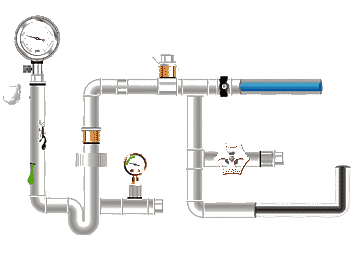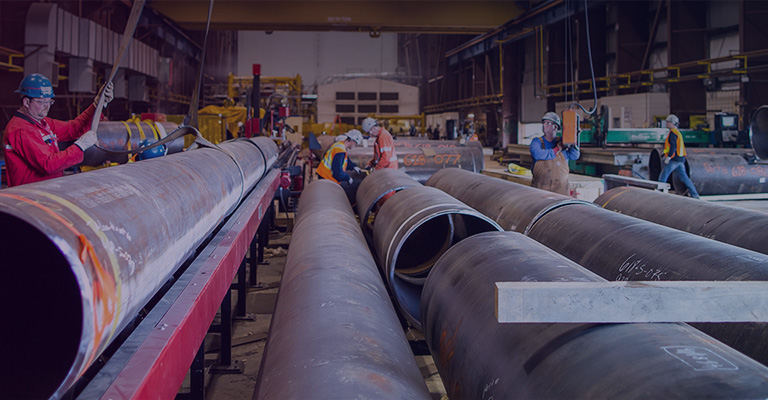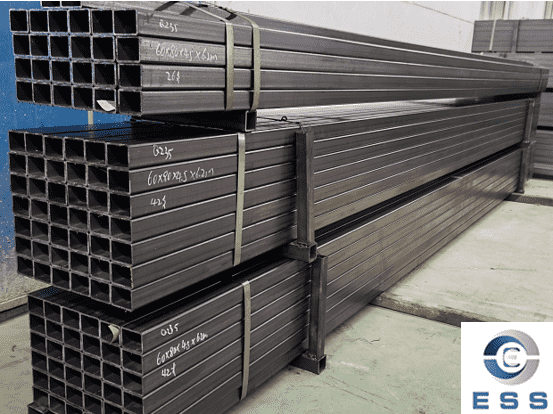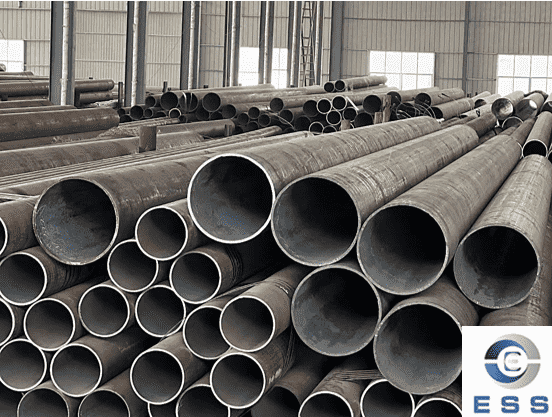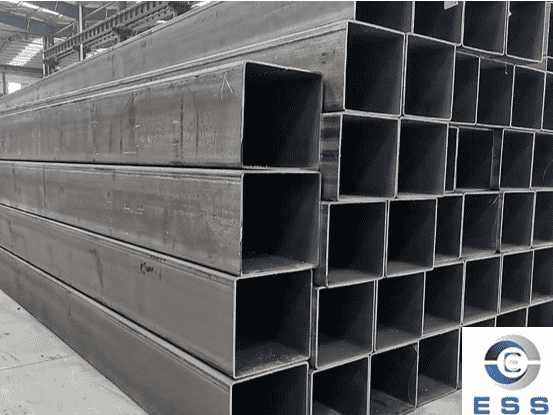During the use of hydraulic
tubes, due to long-term operation, certain impurities and sediments will
accumulate in the pipes. These will affect the normal operation of the
hydraulic system. Therefore, regular pipe cleaning is very necessary.
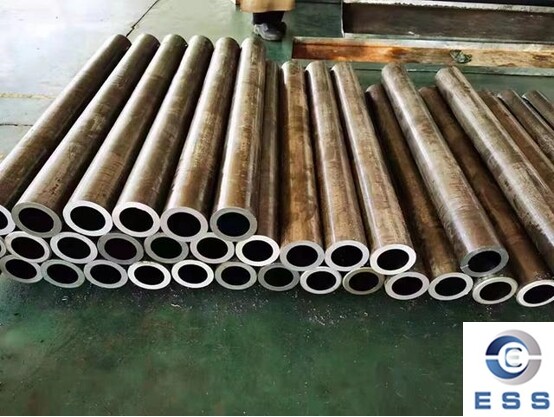
Process flow and parameters of hydraulic tube flushing:
1. Flushing flow rate
Calculate according to the pipe diameter
and loop form to ensure that the oil flow in the pipeline is in a turbulent
state, and the flow rate should be above 3m/s.
2. Flushing pressure
The pressure during flushing is 0.3~0.5MPa,
and the pressure is increased every 2 hours. The pressure is 1.5~2MPa, running
for 15~30 minutes, and then returning to the low-pressure flushing state.
3. Flushing temperature
Use a heater to heat the oil temperature in
the oil tank to 40-60℃. The oil temperature can be increased to 80℃ in winter
to improve the flushing effect.
4. Vibration
Use a wooden hammer, copper hammer, rubber
hammer or vibrator to knock and vibrate along the pipeline every 3-4 hours,
especially at welds, flanges, reducers, elbows and tees.
5. Inflation
Infuse 0.4~0.5MPa of compressed air into
the pipe to create a turbulent state of flushing oil in the pipe and enhance
the flushing effect.
Hydraulic tube flushing methods mainly
include the following methods:
1. Pumping cleaning
The cleaning liquid (such as chemical
cleaning agent, water, gas, etc.) is sprayed into the pipeline at high speed
through a pump, and the impurities inside the pipeline are flushed out by
high-speed liquid flow. This method needs to consider the composition and
injection pressure of the cleaning liquid to avoid damage to the pipeline.
2. Gas cleaning
Use high-pressure gas (such as nitrogen or
compressed air) to discharge impurities inside the pipeline. This method needs
to consider the pressure, flow rate and flow rate of the cleaning gas, as well
as the nature and state of impurities inside the pipeline.
3. Mechanical cleaning
Remove impurities from the pipe by
mechanical equipment (such as pipe brushes, steel wool, etc.). This method
needs to consider the diameter, hardness and shape of the cleaning equipment,
as well as the nature and state of impurities inside the pipe.
4. Chemical cleaning
Decompose impurities inside the pipe by
chemical reaction. Commonly used chemical cleaning agents include acids,
alkalis, etc. This method needs to consider the composition and concentration
of the cleaning agent, as well as the nature and state of impurities inside the
pipe.
5. Hot water cleaning
Flush impurities inside the pipe by heating
water. This method needs to consider the temperature, flow rate and flow rate
of the water, as well as the nature and state of impurities inside the pipe.
6. Oil flushing
Includes station circulation flushing and
station circulation flushing. Flushing flow, pressure, temperature and other
parameters need to be calculated according to the pipe diameter and loop form
to ensure that the oil flow in the pipeline is in a turbulent state, and the
flow rate should be above 3m/s. Vibration and inflation are also required
during the flushing process to enhance the flushing effect.
7. Pickling
Including tank pickling method, immersing
the pipe in the pickling liquid in the pickling tank for pickling. This method
requires the preparation of acid, neutralizing liquid and passivation liquid,
and ensure that the pipe is immersed in the pickling tank for a sufficient time.
Precautions for hydraulic tube flushing:
1. In all procedures, the direction of the
oil must be clear, and the flow rate and flow rate of the oil through the
pipeline must be calculated to form turbulence.
2. During the flushing period, in order to
ensure the authenticity of the results, oil samples must be taken at the
specified location.
3. Ensure that the oil temperature and flow
rate are correct. After the flushing starts, 24 hours of continuity should be
ensured until the system flushing reaches the required cleanliness.
Summary
Different hydraulic tube cleaning schemes
have their own advantages and disadvantages. It is necessary to choose the
appropriate cleaning method according to the specific situation. If the dirt in
the specified pipe is difficult to clean, you can try a combination of multiple
cleaning schemes. During the cleaning process, you need to pay attention to
protecting the environment and avoid affecting the surrounding environment. At
the same time, protective equipment such as protective gloves and glasses need
to be worn during the cleaning process to ensure personal safety.









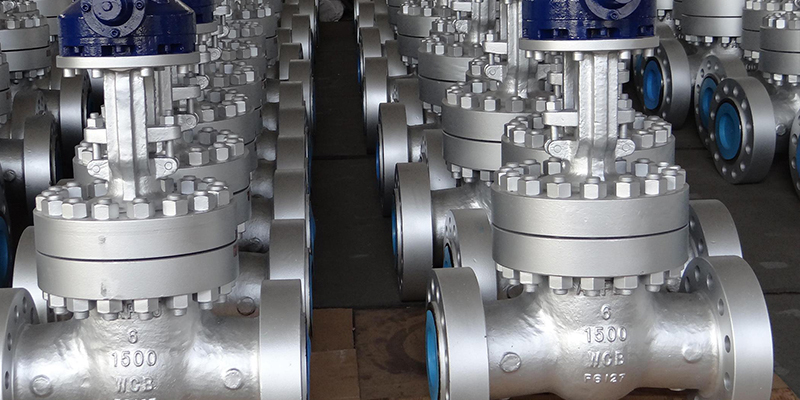
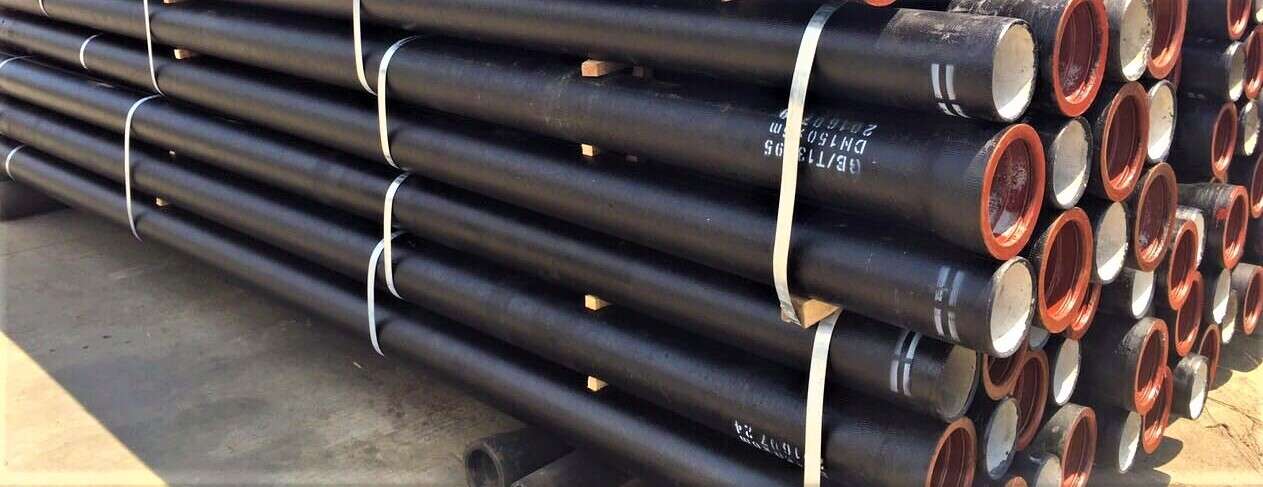


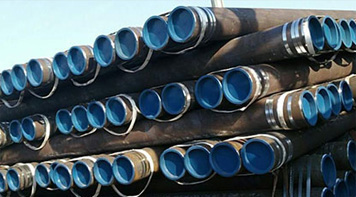 Eastern Steel Manufacturing Co.,Ltd not only improve product production and sales services, but also provide additional value-added services. As long as you need, we can complete your specific needs together.
Eastern Steel Manufacturing Co.,Ltd not only improve product production and sales services, but also provide additional value-added services. As long as you need, we can complete your specific needs together.
